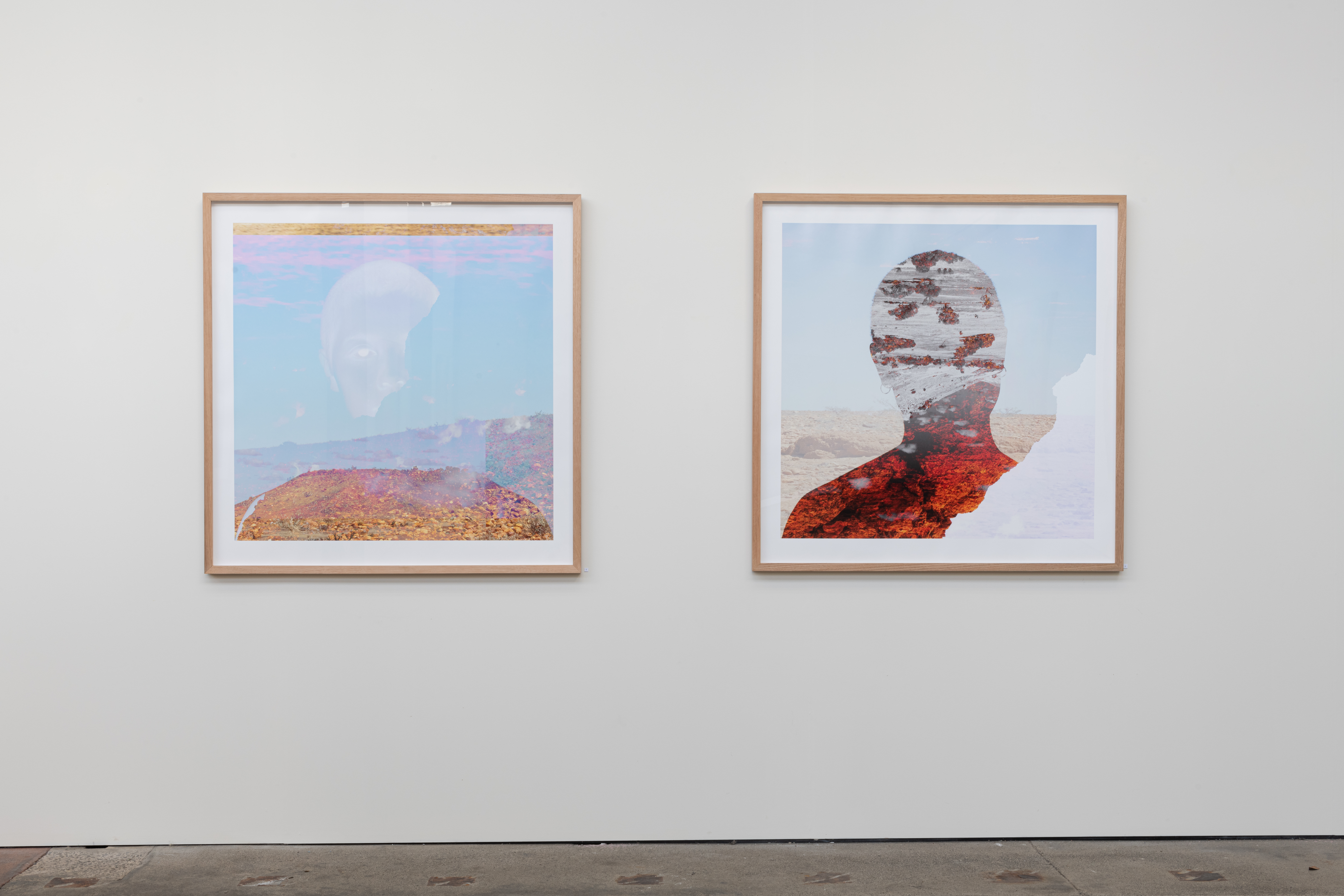(Dis)connected to Country
(2019—Ongoing)
This ongoing and iterative series maps the intersections of Place, identity, and family. It examines the encoded colonial biases present within different photographic and mapping technologies from an Indigenous perspective. The work critically analyses archive, representation, and questions the idea of photographs having their own agency. (Dis)connected to Country aims to disrupt and subvert colonial approaches to image making and mapping systems, highlighting the omission of significant Indigenous Knowledges. This project is grounded in family history, story, and Country.

(Dis)connected to Country: Mapping Archives Through Arts Practice, (Solo PhD Exhibition).
MADA Gallery, Melbourne, 2025.

(Dis)connected to Country (Solo Exhibition).
Hillvale Gallery for PHOTO2024, Melbourne, 2024.

